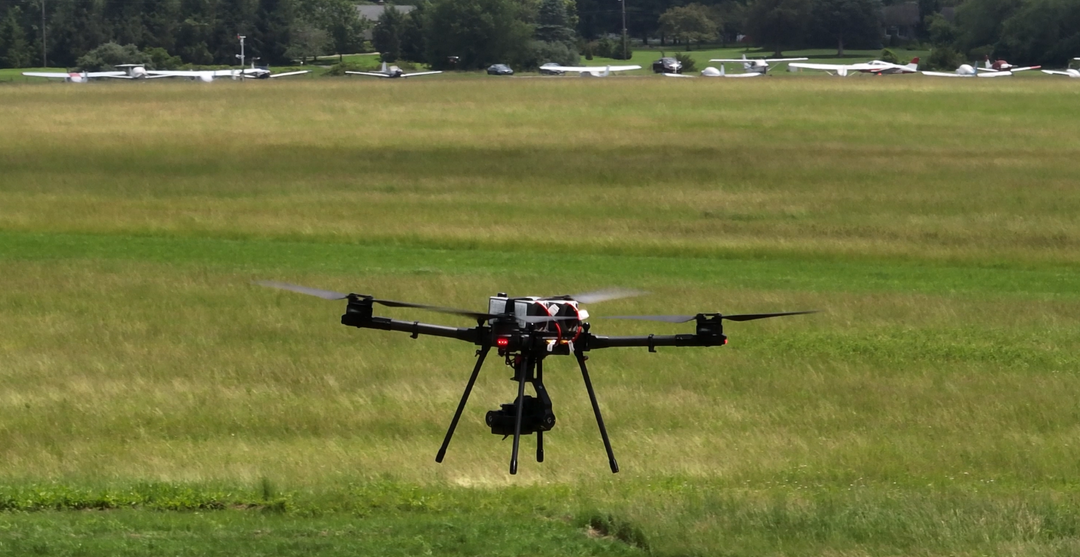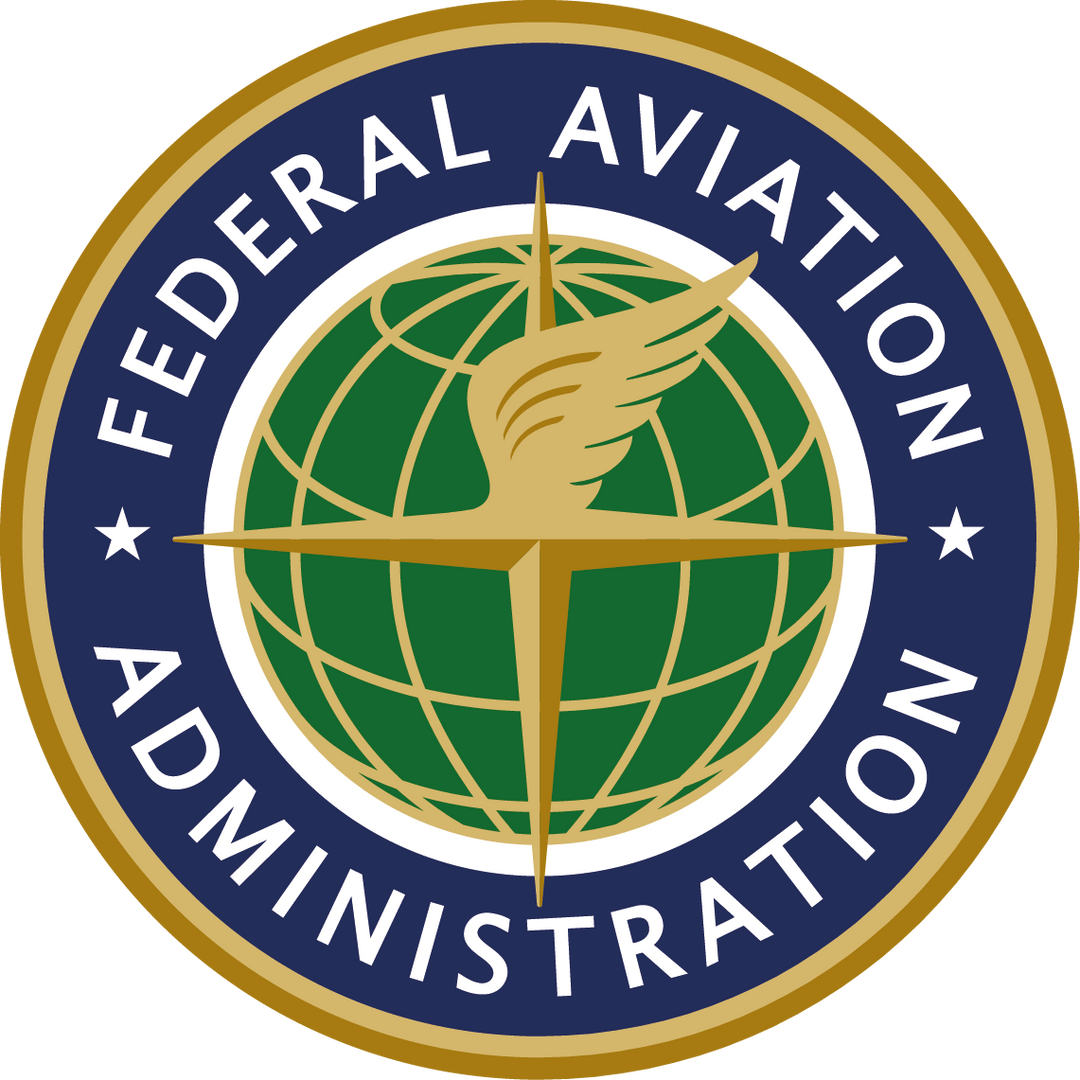Key Updates to FAA Drone Regulations in 2025
Key Updates to FAA Drone Regulations in 2025
1. Remote Identification (Remote ID) Enforcement
As of 2025, the FAA mandates that all drones operating outside of FAA-Recognized Identification Areas (FRIAs) must be equipped with Remote ID capabilities. This requirement ensures that drones broadcast identification and location information during flight, aiding in the monitoring and management of drone activities. Drones without built-in Remote ID can be retrofitted with broadcast modules. Operators flying drones without Remote ID must do so within designated FRIAs and maintain visual line of sight at all times. The Verge+2Federal Aviation Administration+2Federal Aviation Administration+2
2. Updated Part 107 Waiver Process
The FAA has refined the waiver process under Part 107, which governs commercial drone operations. Operators seeking to conduct activities beyond the standard regulations—such as flying at night, over people, or beyond visual line of sight—must demonstrate the ability to maintain safety through alternative methods. The updated process aims to be more efficient, with the FAA typically responding to waiver requests within 90 days, depending on the complexity of the request. Federal Aviation Administration+3Federal Aviation Administration+3Federal Aviation Administration+3Federal Aviation Administration
3. Integration with Advanced Air Mobility (AAM)
The FAA is actively working to integrate drones into the broader framework of Advanced Air Mobility (AAM), which includes emerging technologies like electric vertical takeoff and landing (eVTOL) aircraft. This integration involves developing regulations and infrastructure to support the safe operation of drones alongside other new forms of air transportation, facilitating services such as cargo delivery and urban air taxis. The Verge+2Axios+2Federal Aviation Administration+2The Verge
4. Emphasis on Environmental Considerations
In line with environmental stewardship, the FAA continues to assess the environmental impacts of drone operations. This includes conducting environmental reviews and engaging with the public to ensure that drone integration into the national airspace system aligns with environmental policies and community interests. Federal Aviation Administration+2Federal Aviation Administration+2Federal Aviation Administration+2
Implications for Drone Operators
These regulatory updates underscore the FAA's commitment to safely integrating drones into the national airspace. Operators must stay informed about the latest requirements, including Remote ID compliance and the updated waiver process under Part 107. Engaging with FAA resources and participating in public discussions can aid operators in navigating the evolving landscape of drone regulations.
For detailed information and resources, visit the FAA's official UAS page: Federal Aviation Administration




